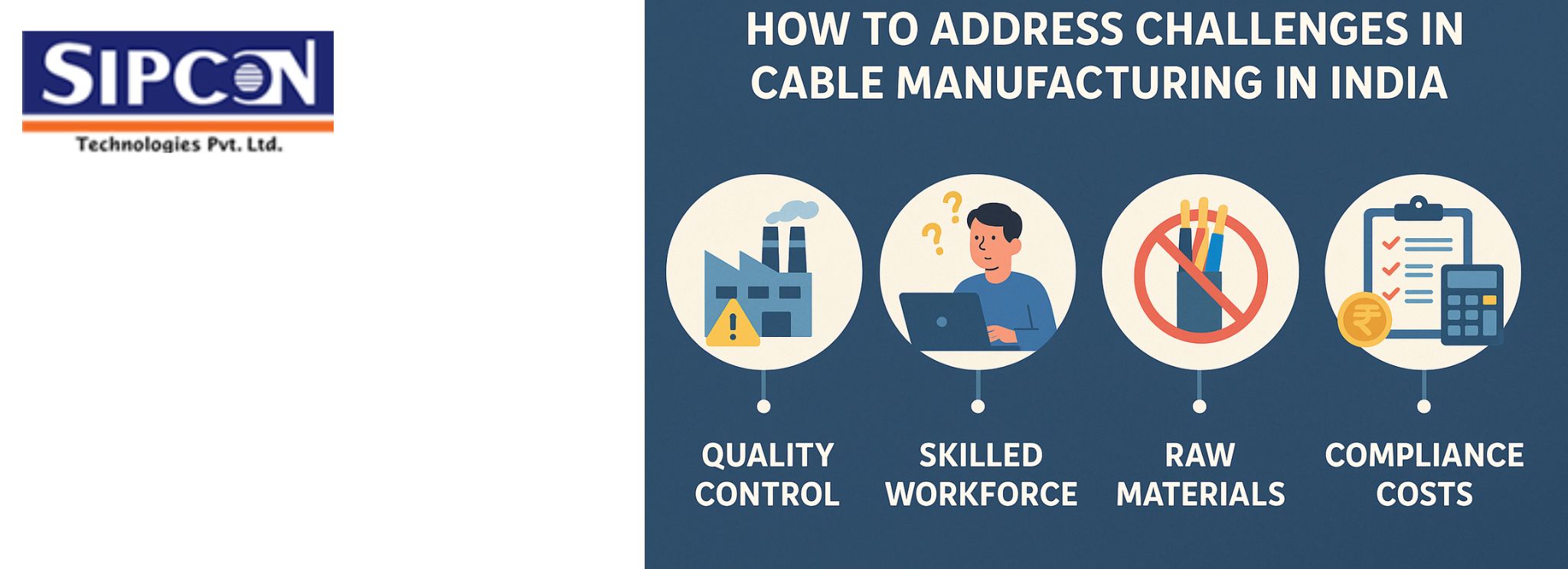
Cable manufacturing is a high-stakes industry. The security of the consumers is your prime concern. It is only after that that you can look at reducing production costs. 42% of cable failures occur due to manufacturing defects, even in environments where you may be following the strictest procedures and adhering to the most demanding technical standards.

As with every industry, just as there are opportunities, there are also challenges. But the good thing about challenges is that with a bit of ingenuity and proactive measures, they can be turned into opportunities.
By now, you have a fair idea of the various challenges that lie in the path of the wire and cable industry. These give you a perspective, especially the challenges. If you want to compete at an international level, high standards and quality are non-negotiable.
There is a greater demand for high-quality wires and cables at the international and domestic level, especially from China. If you cannot provide the desired quality, such cables can be easily imported. No cable manufacturer would want that, right?
The good thing is, cable manufacturers can easily turn these challenges into opportunities by using the right technology.
With an absence of skilled labor, low-quality issues, and high import prices, the cable manufacturing sector is experiencing severe challenges as discussed in this article. Since defects in production account for 42% of cable failures, the quality needs to be of the highest standard to compete.
However, these issues also provide room for growth. With the use of smart technology, manufacturers can step up their game and compete both domestically and internationally. Machines such as the insulation thickness measuring equipment by Cable Measurement can improve precision, crafting the foundation for superior quality and industry growth.

Helping clients solve complex dimensional measurement challenges with a range of robust measuring systems.
+91-82229 29966, 0171-2699668
info@sipconinstrument.com
LocationPlot No 280, HSIDC Industrial Estate Saha Ambala, Haryana 133104, India
© 2024 Sipcon. All Rights Reserved. | Privacy Policy | Crafted with by Chhavi